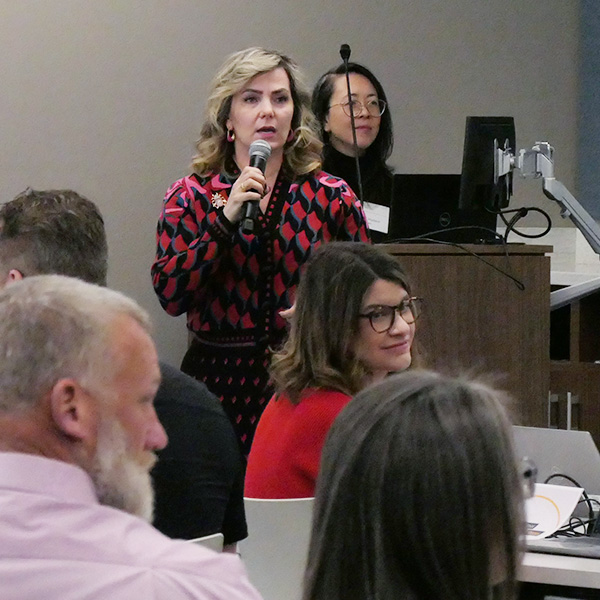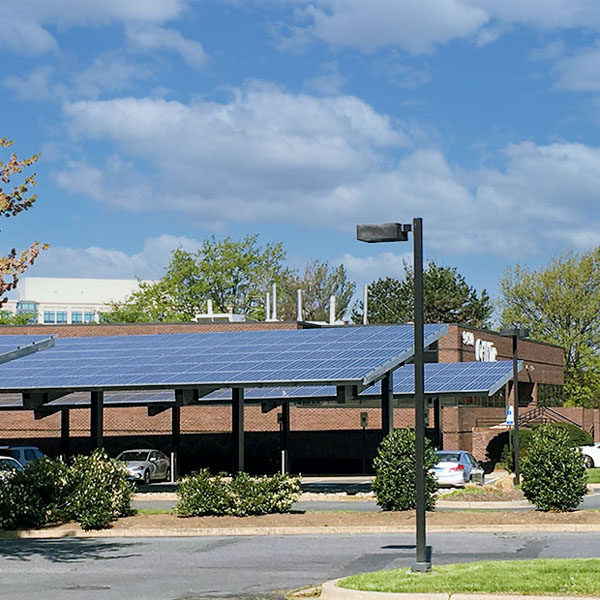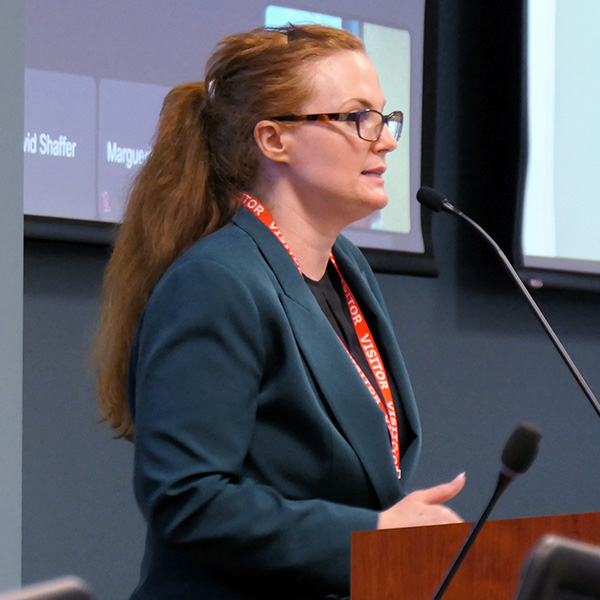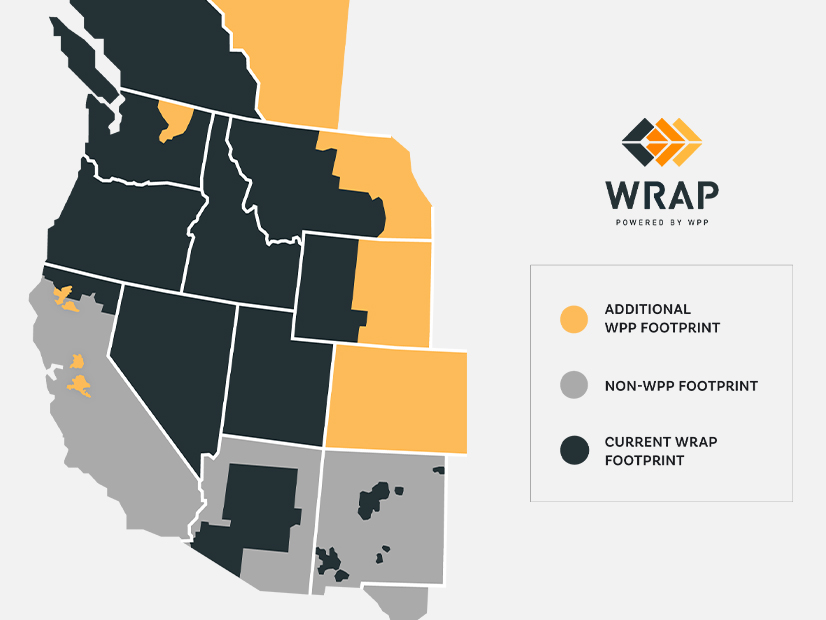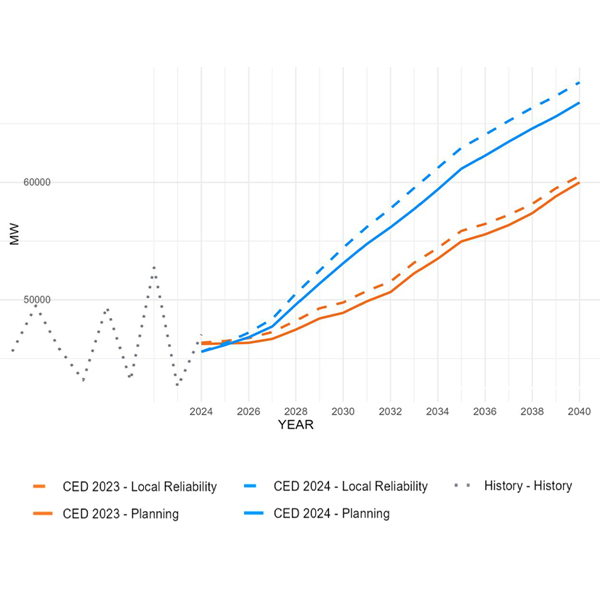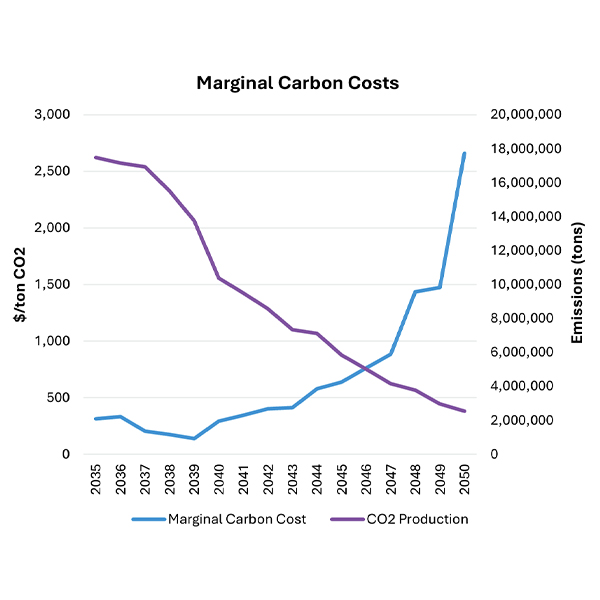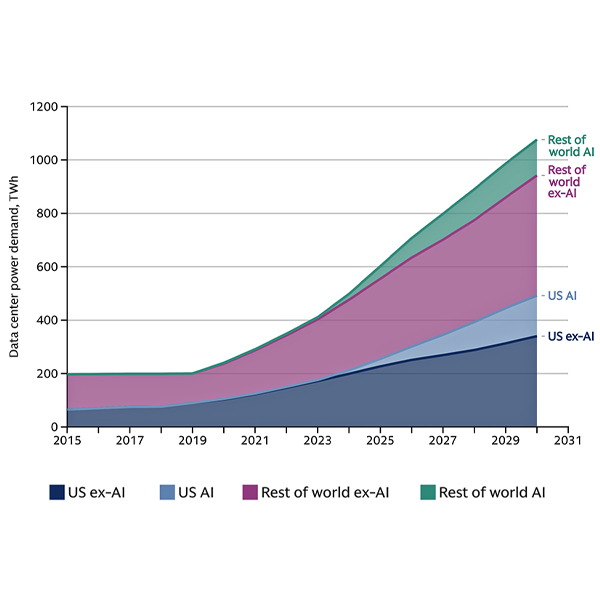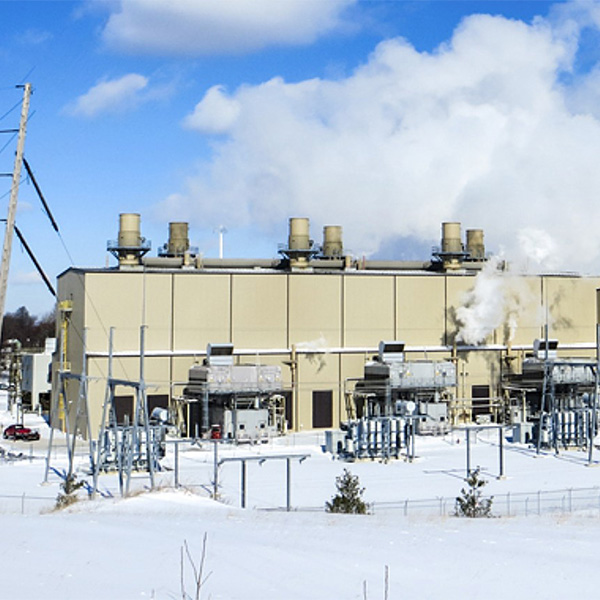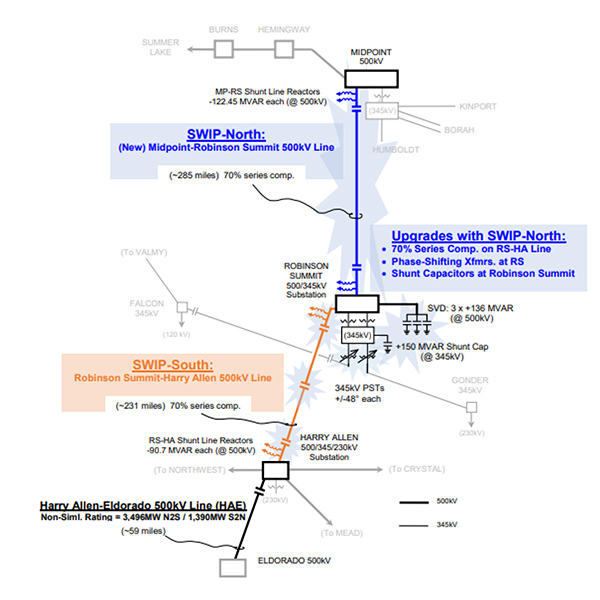Resources
Demand ResponseDistributed Energy Resources (DER)Energy EfficiencyEnergy StorageBattery Electric StorageOther Electric StorageGenerationCoalGeothermalHydrogenHydropowerNatural GasNuclear PowerOffshore WindOnshore WindOperating ReservesRooftop/distributed SolarUtility-scale SolarResource Adequacy
The Western Power Pool faced “real potential weaknesses” in 2024 due to staff shortages and outdated financial and accounting systems, the organization’s leadership said during their annual member meeting.
Voltus filed a complaint with FERC against MISO, alleging the RTO’s “11th-hour” changes in testing and contract proof requirements ahead of the spring capacity auctions will harm demand response resources and affect rates.
Groups of generation owners and developers have asked MISO to adopt a queue fast lane only as a last resort and employ a more limited process that involves scoring criteria to gain entry.
MISO’s Independent Market Monitor said ramping needs north of 10 GW are becoming increasingly common and MISO should expect challenges ahead as its solar fleet expands.
Members of a key WRAP stakeholder group voted to prioritize three topics of concern as the group continues developing the program aimed at addressing resource adequacy and reliability in the West.
CAISO peak demand will grow from 48.3 GW in 2024 to about 68 GW in 2040, according to a new forecast that attributes much of the increase to data center load.
ISO-NE has outlined the transmission and economic models it plans to use to evaluate proposals submitted for the longer-term transmission planning process.
President Donald Trump presented the World Economic Forum with his desire to power the U.S. AI revolution: behind-the-meter generation co-located with data centers and built rapidly under his National Energy Emergency executive order.
A federal appeals court has brought Michigan’s practice of requiring some amount of locally generated electricity to a standstill, finding fault with local clearing requirements.
FERC approved an agreement between CAISO and LS Power to develop a transmission line that would deliver Idaho wind power into California and could help secure Idaho Power’s participation in the ISO’s Extended Day-Ahead-Market.
Want more? Advanced Search
